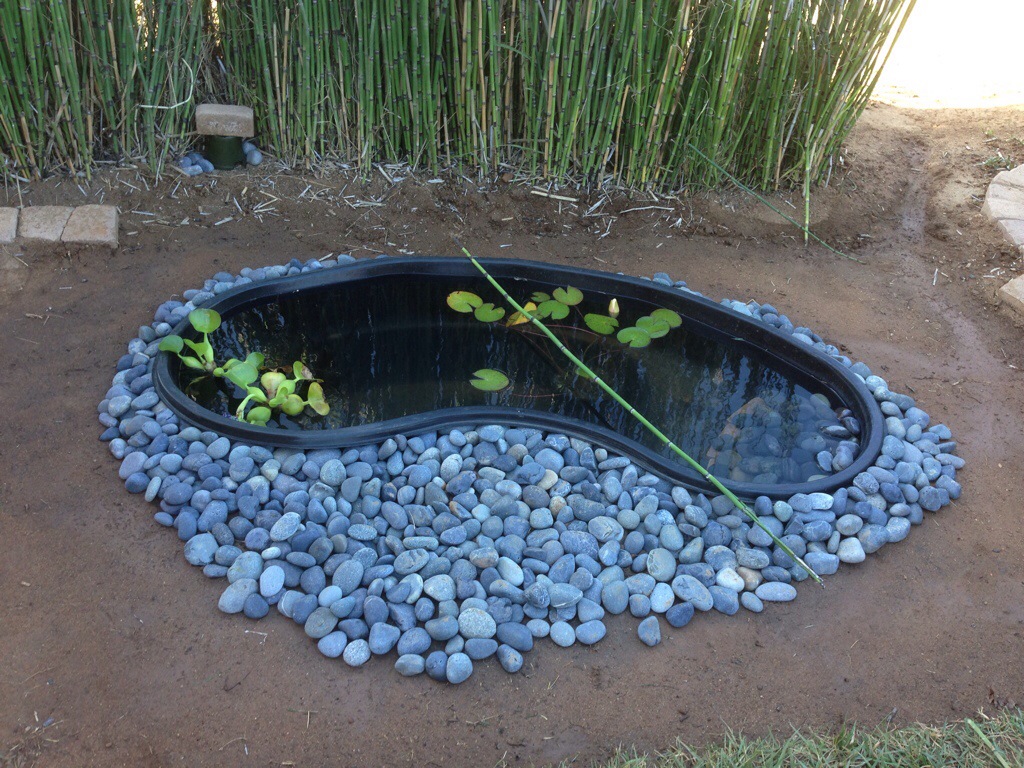
California Ground Toads are large. I could hear toads in our yard, but never seen one until now. One day I found a long string of slimy stuff floating in my fountain and it looked like there were eggs inside. After researching the above picture, I was able to identify it as a California ground toads and her eggs.
The eggs hatched into tadpoles in about 2 weeks. I knew I had to move them from the fountain because it sits inline to where my lawn sprinklers hit it and some were dying due to the chlorine in the water. Plus, there’s no shade and wide open to predators.
First thing was to run down to our local fish store to purchase water conditioner and tadpole food. I then chose my first of several holding containers, a Rubbermaid container used for soaking feet.

After a couple weeks I thought maybe they would rather have a room with a view. So my second choice was a Pyrex casserole dish. Easy to clean, but not very habitat friendly.
So then I moved on to my third and final home which became is much more elaborate and habitat friendly.
I laid a small piece of plywood to cover half the top opening of the plastic bin. Giving them an area that was somewhat protected.

It’s comprised of a casserole sized glass dish inside a 6″ shallow plastic tub and a fish tank aerator for putting oxygen into the water. Also note the gravel beach entry and granite rock in the water. Once the tadpoles morph into toads they must be able to get out of the water or they’ll drown.
Changing the water weekly is very important. They need clean water to stay healthy!
Their back legs sprouted first, in about 3 months. Then came the front legs, about a month later. Some were slower to morph than others. Once their tails started to absorb or shrink was when they were close to leaving the water. It was fast after that point. I was able to observe and feed the little toads for a few days then they started to leave, one by one.
I went a step further and installed a small pre-fab pond for future generations. Why not?

I have a 4 fish ponds in my yard and am looking to add toads, crayfish and newts. The capacity of the ponds are 3000 gallons, 2000 gallons, 1500 gallons and 1200 gallons (give or take 100 gallons on each). I can get live native crayfish at a local bait store but am having trouble getting newts and toads. I know a park near by that has literally millions of them in the spring months in streams, ponds and puddles but the ranger says I can not take them even if they are in a small puddle that will dry up before they are read to survive on dry land. Any suggestions.
I knew we had frogs or toads in the area because you could here them at night. We also have a creek about a block away which was where I thought toads lived. To my surprise I found out they also live in gopher holes!
One day I had drained our fountain for cleaning and didn’t re-fill it right away. It had maybe 2 inches of water from the lawn sprinklers hitting it. About 1-2 weeks later is when I found the floating egg strings. After a quick Google search revealed they were toad eggs and seeing a toad near the fountain later confirmed which species it was.
My research also found that you are not allowed to move the tadpoles from where they are laid. So the best you can do is to create a shallow area of chlorine free fresh water and hope they like your yard. They are attracted to moist planter areas for shelter and plenty of gnats to eat.
Good luck!